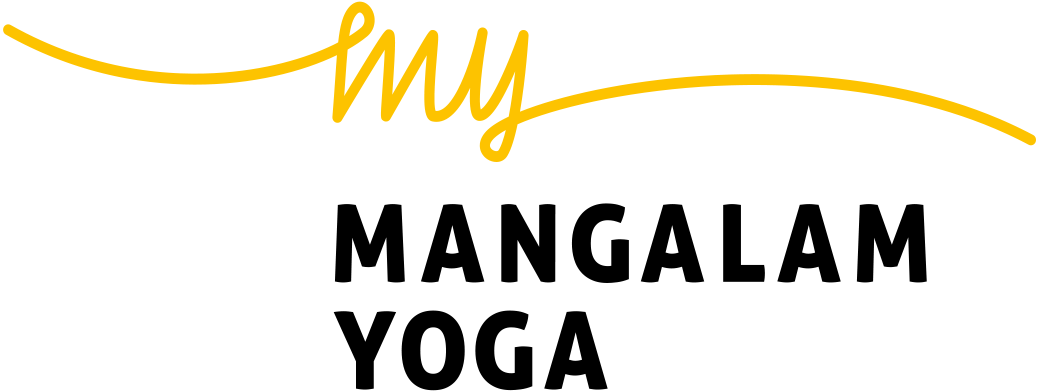In addition to skewing a profit and loss statement, this can potentially mislead both company management and investors. Fixed manufacturing overhead costs remain constant regardless of the level of production. These include expenses like rent for the manufacturing facility, depreciation on machinery, and salaries of supervisors. It is possible to use activity-based costing (ABC) to allocate overhead costs for inventory valuation purposes under the absorption costing methodology. However, ABC is a time-consuming and expensive system to implement and maintain, and so is not very cost-effective when all you want to do is allocate costs to be in accordance with GAAP or IFRS.
Step 2. Calculate Usage
Absorption costing takes into account all of the costs of production, not just the direct costs as is the case with variable costing. Absorption costing includes a company’s fixed costs of operation, such as salaries, facility rental, and utility bills. Having a more complete picture of cost per unit for a product line can help company management evaluate profitability and determine prices for products. In absorption costing, the variable and fixed selling expenses are considered as period costs.
Managerial Accounting
(a) The finished product absorbs all manufacturing costs, whether direct or indirect. General or common overhead costs like rent, heating, electricity are incurred as a whole item by the company are called Fixed Manufacturing Overhead. Let’s walk through an example of absorption costing to illustrate how it works. Suppose we have a fictional company called XYZ Manufacturing that produces a single product, Widget X. These are expenses related to the manufacturing facility, and they are considered fixed costs.
Absorption Costing Steps
For example, assume a new company has fixed overhead of $12,000 and manufactures 10,000 units. Direct materials cost is $3 per unit, direct labor is $15 per unit, and the variable manufacturing overhead is $7 per unit. Under absorption costing, the amount of fixed overhead in each unit is $1.20 ($12,000/10,000 units); variable costing does not include any fixed overhead as part of the cost of the product. Figure 6.11 shows the cost to produce the 10,000 units using absorption and variable costing. Absorption costing is linking all production costs to the cost unit to calculate a full cost per unit of inventories. This costing method treats all production costs as costs of the product regardless of fixed cost or variance cost.
An In-Depth Guide to Absorption Costing
When we prepare the income statement, we will use the multi-step income statement format. All fixed manufacturing overhead expenses are recorded as expenditures on the income statement when they are incurred since variable costing recognizes them as period costs. In cost and management accounting, variable costing refers to the accounting method that considers only the variable costs as product costs and excludes fixed manufacturing overhead from the product cost.
- It provides a straightforward and rigorous costing tool for active enterprises.
- Optimizing the efficacy of absorption costing often entails a meticulous setup of the chart of accounts and, subsequently, the general ledger.
- Consequently, they do not contribute to the value of inventory on the balance sheet.
- This is the allocation of the cost of machinery and equipment over their useful life.
- Since absorption costing includes allocating fixed manufacturing overhead to the product cost, it is not useful for product decision-making.
Moreover, due to the existence of fixed expenses, an increase in output volume usually results in a lower unit cost. Absorption expenses are easy to track because small businesses often do not have a large number of things. It further allows companies to sell their goods at more realistic pricing and profit margin. The treatment of Overhead expenses is the fundamental difference between variable and accounting vs lawing.
Determining the actual cost of production
Given the all-encompassing nature of absorption costing, this often leads to a higher per-unit Cost of Goods Sold (COGS) compared to other costing methodologies. The absorption costing method is typically the standard for most companies with COGS. Auditors and financial stakeholders will require it for external reporting. Depending on the type of business structure, small businesses may also be required to use absorption costing for their tax reporting.
This method determines the cost of goods sold and ending inventory balances on the income statement and balance sheet, respectively. A variable cost is a recurring expense whose value changes in response to changes in output level. Shipping costs, production costs, and delivery fees are some examples of variable costs. An ethical and evenhanded approach to providing clear and informative financial information regarding costing is the goal of the ethical accountant. Ethical business managers understand the benefits of using the appropriate costing systems and methods. The accountant’s entire business organization needs to understand that the costing system is created to provide efficiency in assisting in making business decisions.
Whereas, direct material and labor, along with variable and fixed manufacturing costs, are considered product costs. Whereas, Variable Costing, is a technique used by the management and not for official reporting purposes, including direct material, direct labor, and only variable overheads as a part of product costs. For example, recall in the example above that the company incurred fixed manufacturing overhead costs of $300,000.
Under generally accepted accounting principles (GAAP), U.S. companies may use https://www.business-accounting.net/ing for external reporting, however variable costing is disallowed. Absorption costing is mandated by GAAP due to the core principle of GAAP’s “matching principle,” which stipulates that expenses must be recognized in the same period as the revenue they generate. In absorption costing, manufacturing expenses are recognized only when products are sold, ensuring that expenses are correctly matched with the revenue. With NetSuite’s financial management software, you can not only generate GAAP and IRS-compliant financial statements using absorption costing, but also automatically employ variable costing for internal business analyses. Repeat this three-step procedure for each component in the absorption costing formula, ensuring that all costs are fully incorporated into the product’s total manufacturing cost.
Fixed overhead encompasses costs that remain constant regardless of production volume, such as factory rent, mortgage payments, insurance, and depreciation on manufacturing equipment. On the other hand, variable overhead, including utilities like electricity, fluctuates based on the level of production output. Absorption costing incorporates all these costs into the inventory valuation, although it excludes other business expenditures like administrative and sales expenses. Variable costing, on the other hand, includes all of the variable direct costs in the cost of goods sold (COGS) but excludes direct, fixed overhead costs. Absorption costing is required by generally accepted accounting principles (GAAP) for external reporting. Companies must choose between absorption costing or variable costing in their accounting systems, and there are advantages and disadvantages to either choice.
If the company estimated 12,000 units, the fixed overhead cost per unit would decrease to $1 per unit. These are intrinsic to the manufacturing process and under absorption costing include direct materials, direct labor, and both fixed and variable manufacturing overhead. These integral costs are reflected in the inventory value reported on the balance sheet.
This cost includes both variable costs (direct materials, direct labor, and variable manufacturing overhead) and a portion of the fixed manufacturing overhead (which is allocated based on the number of units produced). One of the main impacts of absorption costing on financial statements is that it can affect the profitability of a company. When all costs are included in the cost of a product, the selling price may be higher, which can lead to lower profits. This can be especially true in situations where the indirect costs of production are high relative to the direct costs. Another impact of absorption costing on financial statements is that it can affect the valuation of inventory.
The products that consume the same labor/machine hour will have the same cost of overhead. Higgins Corporation budgets for a monthly manufacturing overhead cost of $100,000, which it plans to apply to its planned monthly production volume of 50,000 widgets at the rate of $2 per widget. In January, Higgins only produced 45,000 widgets, so it allocated just $90,000. The actual amount of manufacturing overhead that the company incurred in that month was $98,000.
Absorption costing treats all manufacturing costs as product costs, regardless of whether they are variable or fixed. Given these limitations, some organizations choose to use variable costing alongside absorption costing for internal decision-making purposes. Variable costing offers a more direct approach to analyzing costs that vary with production, making it a useful tool for specific types of analysis where absorption costing falls short. Optimizing the efficacy of absorption costing often entails a meticulous setup of the chart of accounts and, subsequently, the general ledger. Achieving this level of detail requires cross-functional collaboration between the manufacturing and accounting teams. For instance, consider an apparel company producing both scarves and dresses in the same facility using identical fabric.
It helps company to calculate cost of goods sold and inventory at the end of accounting period. Variable costing is more useful than absorption costing if a company wishes to compare different product lines’ potential profitability. It is easier to discern the differences in profits from producing one item over another by looking solely at the variable costs directly related to production. Variable overhead costs directly relating to individual cost centers such as supervision and indirect materials. You need to allocate all of this variable overhead cost to the cost center that is directly involved. Absorption costing has some limitations, and it can be challenging to assess the impact of changes in production levels on profitability since fixed overhead costs remain constant.
If you divide this by the number of units produced (say, 10), the cost per unit of production would be $60. Using the absorption costing method on the income statement does not easily provide data for cost-volume-profit (CVP) computations. In the previous example, the fixed overhead cost per unit is $1.20 based on an activity of 10,000 units.






